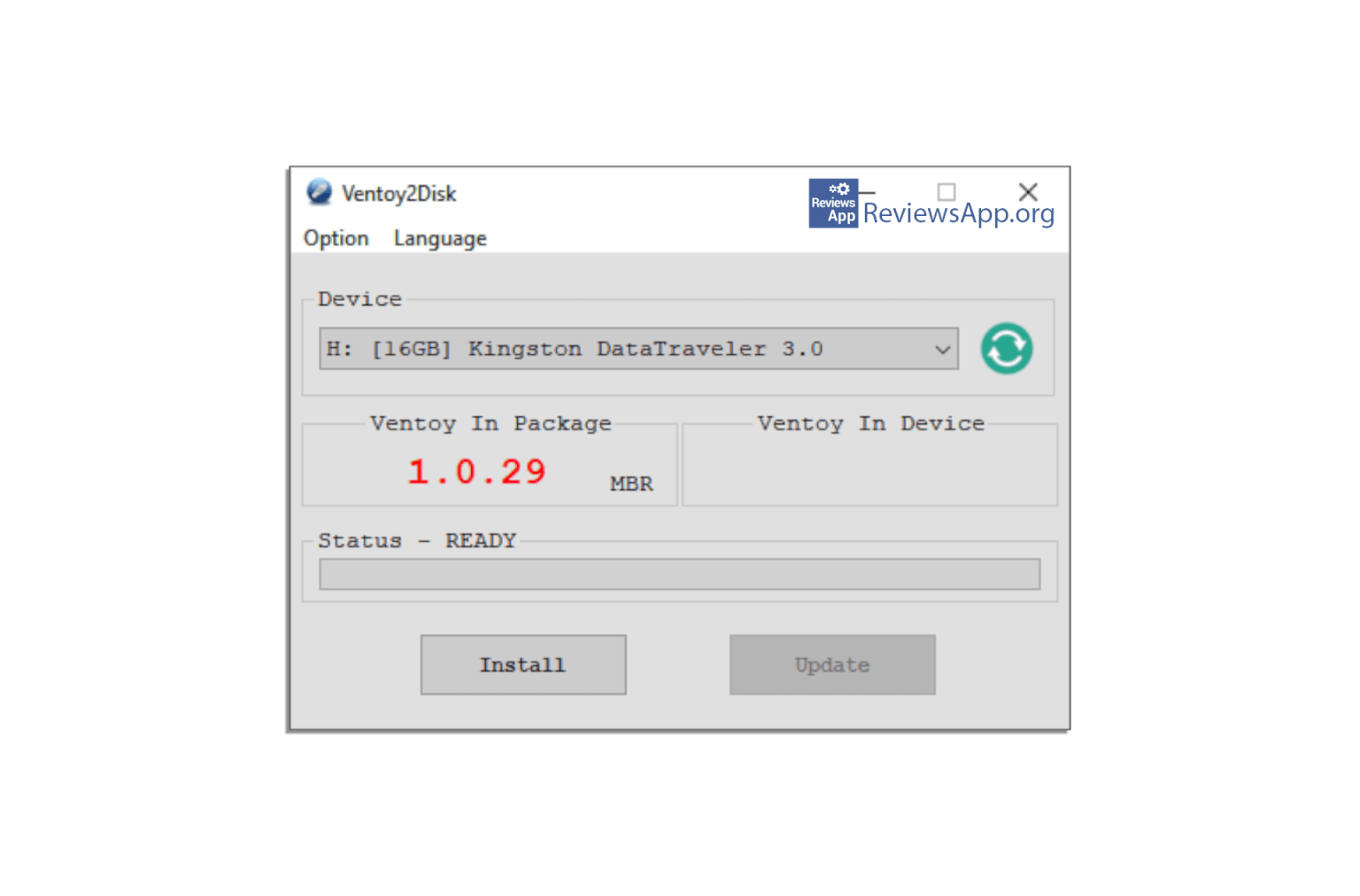

It's not limited to USB either it supports pretty much any kind of removable disk. If you want persistent storage for a Linux live image, it can do that too. You can have as many ISOs as the key will hold, and unlike a DIY solution with GRUB4DOS, there's no need to manually edit config files, add the ISO filename into a list or anything. It will boot Linux, BSD, Windows, or any standard ISO, whatever you want, and works on both BIOS and UEFI machines. You don't need a key-writing tool at all. It's quicker than writing a file, especially with Windows tools such as Rufus. Friday FOSS fest: Franz, RamBox, Pidgin and more.The rocky road to better Linux software installation: Containers, containers, containers.Helios-NG: An open-source cluster OS that links the Atari ST and Commodore Amiga.I couldnt use trusty software like Etcher or slap it on my Ventoy. Open hardware smartphone PinePhone Pro starts to ship – to developers only, for now Installing ChromeOS Flex To kick things off, I had to make a special live USB for ChromeOS.Ventoy generates a menu of all the ISO files on the fly and lets you pick one, then the computer boots from it. Just copy some ISO files into the big partition, shove the stick into any PC or Intel Mac, and boot from it. It partitions and formats your key with a small boot partition and a bigger empty one. Download either the Linux or Windows version, whichever's more convenient – it's only 18 meg, about a quarter of the size of BalenaEtcher, for instance – and run it. All you need is a spare USB key with enough space for a few ISOs eight gigs will work and 16 is plenty. You’ll see the above menu, which allows you to select the target OS to install.Ventoy makes this quicker and easier than anything else we've seen, though. Step 3: Boot Your Pc With The Multi-Boot Usb DriveĪfter your multi-boot usb drive is prepared, insert it into the target machine, and boot it up. In the above example, I copied five images. The next thing is to download your target OS installation images, and copy them into the flash drive. On Linux, ventoy has a similar installer. NOTE: The above snapshot was taken from a Windows machine. Better to have a decent size, e.g., 64G or 128G, so that you can place multiple OS images in it.Īnd select the target usb drive, and make the ventoy usb flash drive. Step 1: Install Ventoyįirst of all, download the ventoy installer, from this page.įind a usb drive.

This post gives you step by step instructions to create a multi-boot usb drive.

With a multi-boot usb drive, you don’t need to create a installation usb drive for each OS. A multi-boot usb drive allows you to install multiple operating systems from the it.


 0 kommentar(er)
0 kommentar(er)
